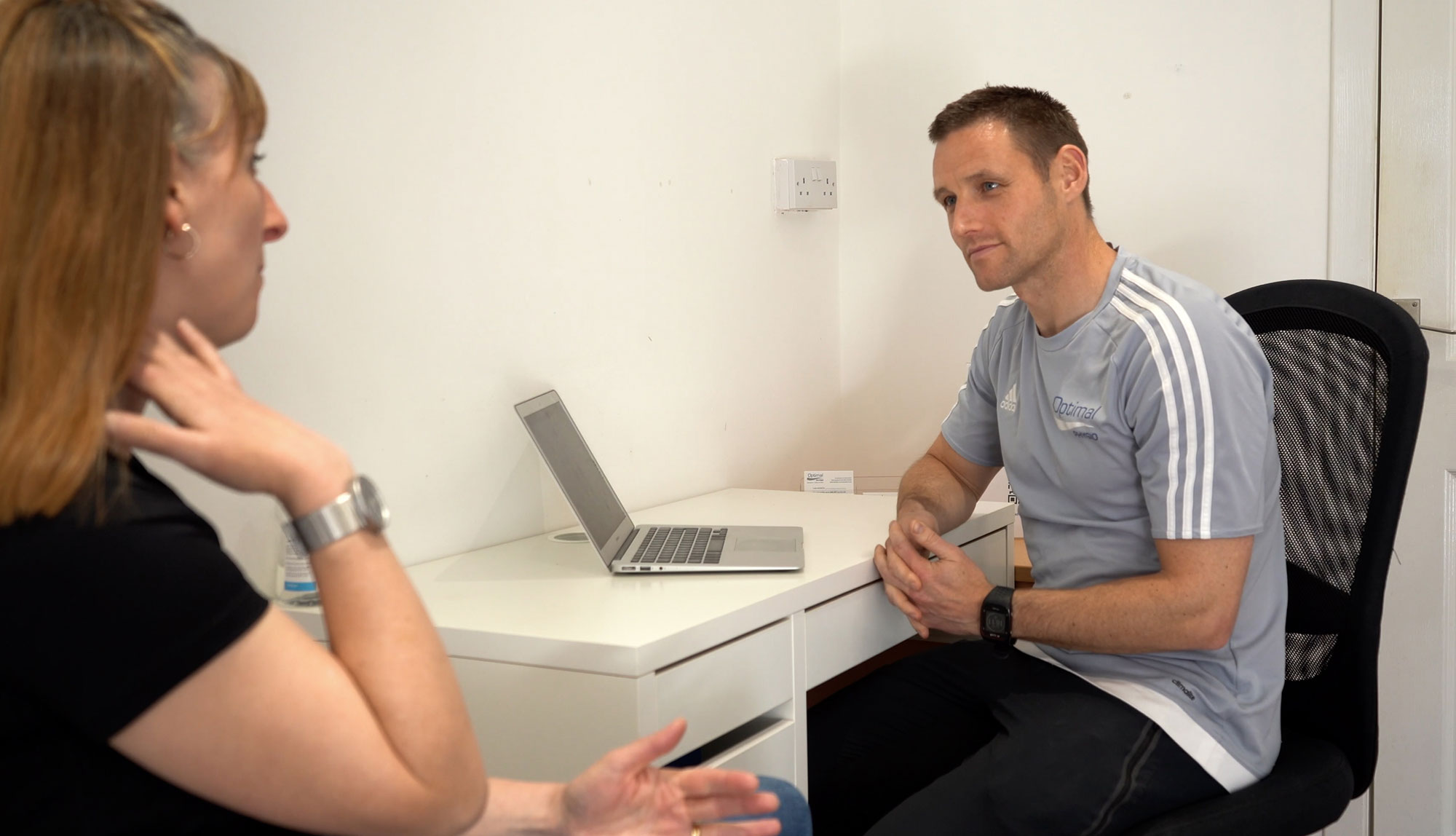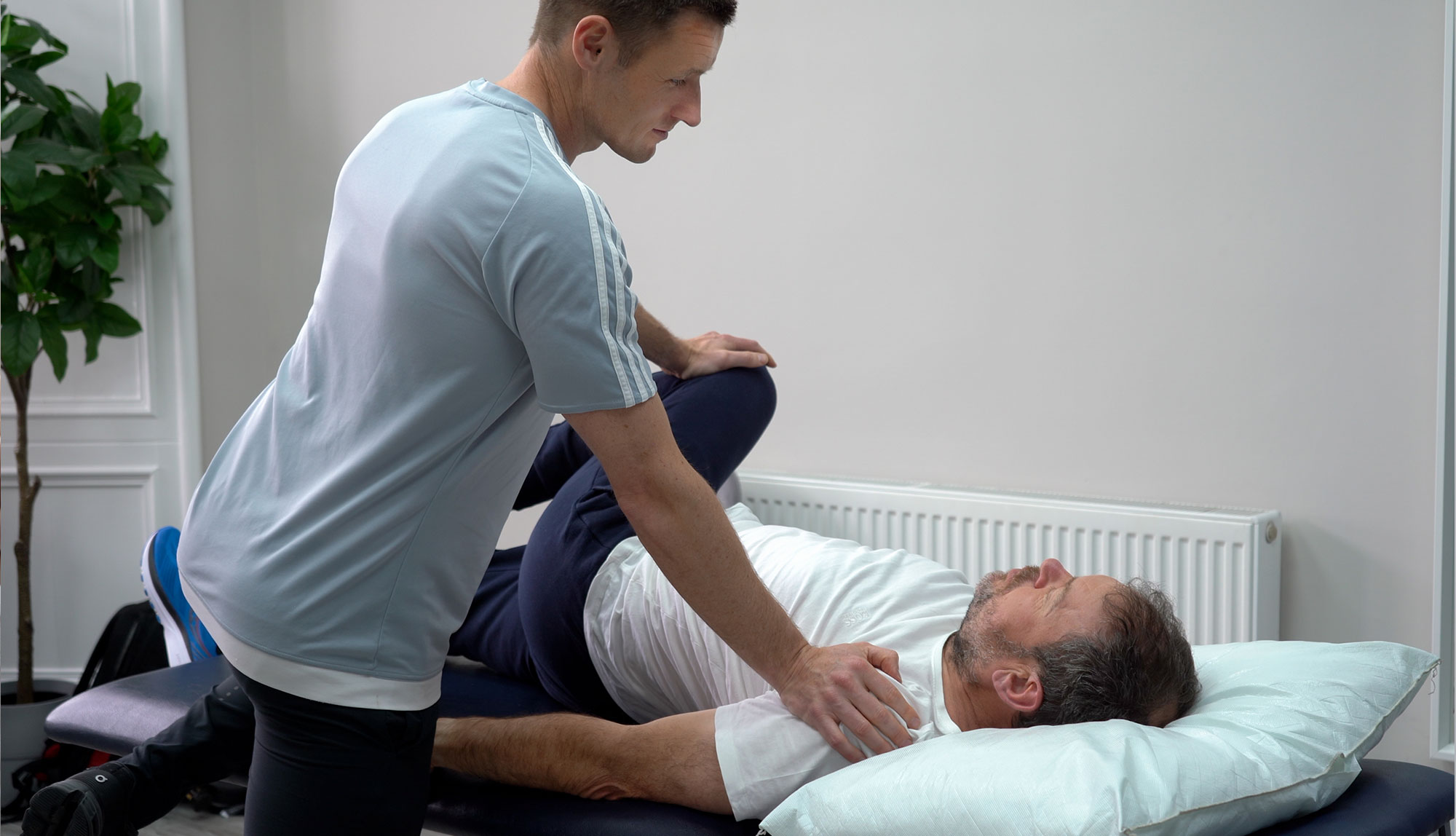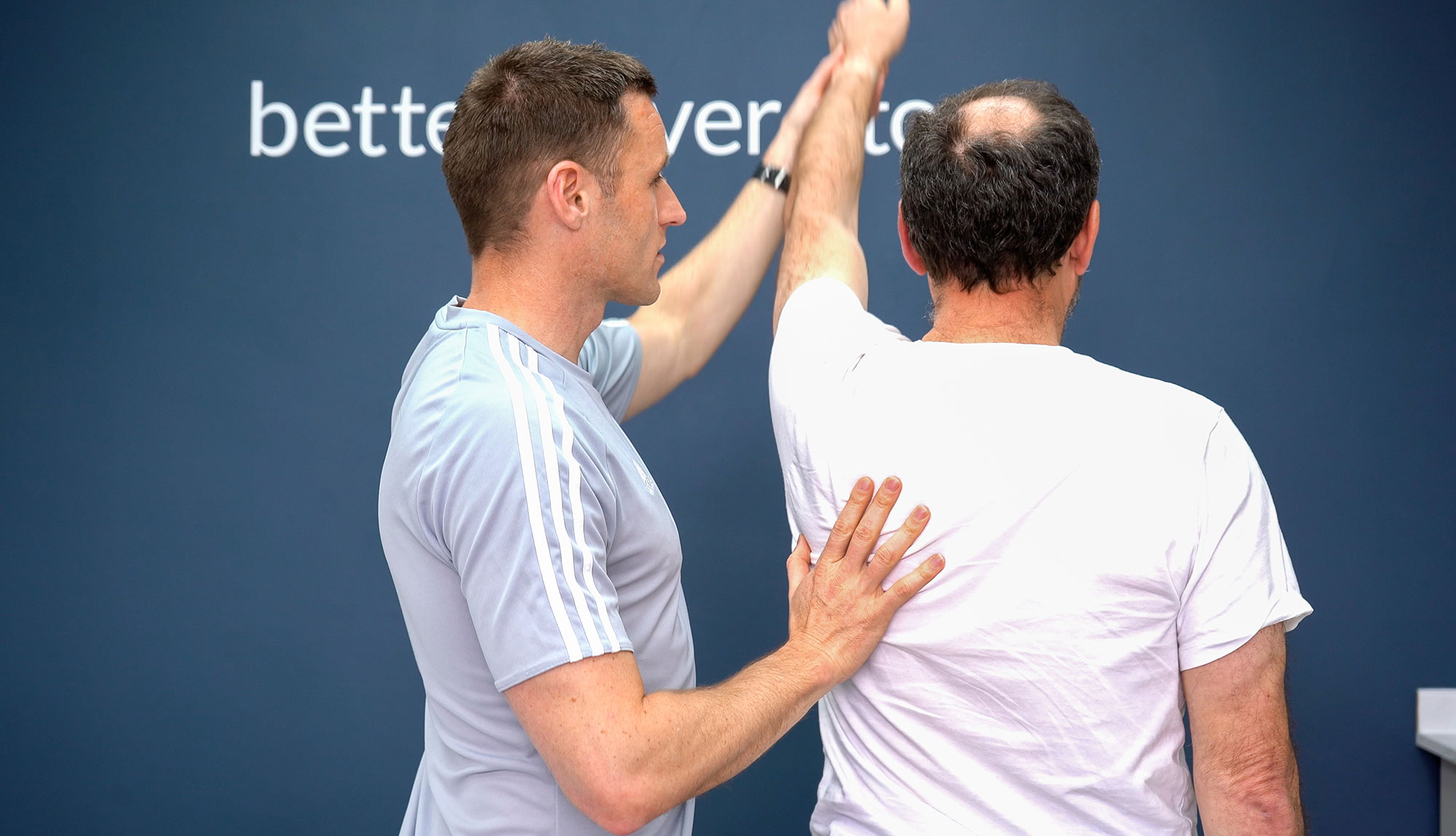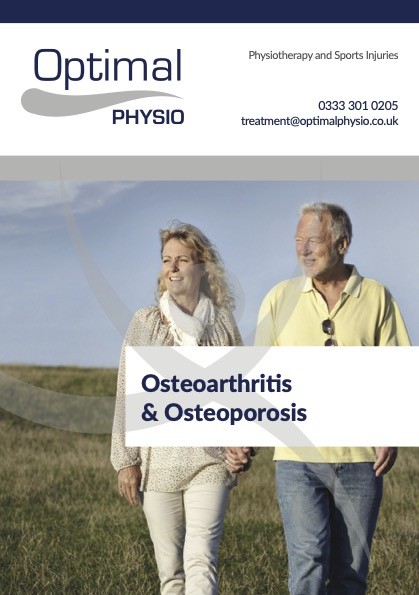Osteoarthritis
What is Osteoarthritis?
Osteoarthritis or OA, is a condition that affects joints.
The body can cope with a degree of ‘wear and tear’ and is usually very effective at repairing itself.
OA occurs when the cartilage of a joint is damaged and the body cannot repair it. This leads to an increase in bone growth as it tries to compensate for the loss of cartilage, often giving an enlarged appearance to a joint. To be clear osteoarthritis is not “wear and tear” or “just old age”.
Soft tissues surrounding the joints can become inflamed and tight, leading to stiffness and pain.
It commonly affects the knee, hip or small joints of the hand; although any joint can be involved. OA in the spine is often called Spondylosis.
The two biggest causes of osteoarthritis are a sedentary lifestyle or previous trauma such as a knee injury playing sport.
OA can cause pain and disability, affecting a person’s ability to work and perform their hobbies. The condition can also affect mood, sleep and relationships

Do you worry about needing surgery?
Your main concerns might be the eventual loss of mobility and independence.
Day to day activities as well as hobbies might get harder as joints get stiffer and more painful. You might think this is a condition you just have to accept and live with. It is often described as a degenerative condition, and that it will only get worse as you get older.
There is some logic in this, but that assumes that you don’t do anything to combat Osteoarthritis.
Accepting adaptations can also be a difficult step to take for those who are usually independent and active.
It is often misunderstood that symptoms of osteoarthritis cannot be relieved. That the onset of the disease is somehow related purely to ageing and therefore will inevitably get worse.
It can get better and we can help.
The good news is, there are lots of things you can do to improve the situation.
Physiotherapy is the most effective and evidence based treatment for Osteoarthritis.

Osteoarthritis Treatment
OA affects people in many different ways. We can guide you through diagnosis, the most effective methods for managing your symptoms and how you can prepare, recover and in some cases even avoid joint replacement surgery in the future. Joint replacements can costs up to £16,000 so physiotherapy is an excellent value alternative to improve your quality of life.
Treatment will include manual therapy, soft tissue work, strengthening exercises and advice about nutrition and your lifestyle.
How We Solve The Problem
Our physiotherapists can advise you on the most effective way of treating, reducing and managing your arthritic pain.
Following an exercise plan to maintain mobilisation of the joints along with massage and in some cases hands on treatment to improve flexibility and relieve pain can also be effective.
Your therapist will tell you it’s very important to keep your joints moving and keep you strong. You need to find the right balance between rest and exercise – little and often is usually the best approach.

Solutions for Osteoarthritis
There are simple measures you can undertake to reduce aggravating your condition. We would encourage you to continue your normal activities but you may need to modify slightly initially or incorporate rest days.
Small changes can make a difference e.g., don’t overfill shopping bags; use knee-pads when gardening and use cushioned or custom made insoles to offer increased shock-absorption when walking. Changes to your nutritional intake will certainly help, an anti-inflammatory diet and a reduction in weight are usually beneficial.
If you have ankle arthritis a custom made insole may be very effective and helpful. Our gait analysis will help provide the tailored solution to improve your pain and function.
A walking stick can help offload the stress placed upon your joints especially as you get older or if your going on a longer hike. Losing weight can also be especially helpful if this is an issue for you. Knowing where to start is often the problem. Usually activity levels have reduced as a result of pain, stiffness and the decisions you have made around your arthritis.
In order to change your approach you often need confidence and support. We can guide you through this and help you maintain or improve the quality of your life so you can keep your mobility and independence as you get older. Please don’t just accept the pain, make a decision to come and see one of our team and let us help you.
It doesn’t have to be like this.
Will I have to stop running during my rehab?
My knee is stiff and the Gp told me I have arthritis will I need a knee replacement?
No, many people can avoid major surgical intervention by having physiotherapy. It is the most effective and cost efficient treatment to help you get better and stay better.
I’ve had physiotherapy before and it didn’t work?
If you’ve had physio that just included massage and acupuncture or ultrasound it’s unlikely you will have lasting benefit. You should also have been given a treatment plan which typically takes between 6-8 sessions of a gradually increasing rehab plan. If this wasn’t the case or you only had 2-3 sessions and didn’t see any benefit then I am not surprised. Why not speak to one of our experienced team for a free session to see how we do things differently and get results.
Do I need an x-Ray?
An x-Ray of the knee is only really beneficial if you have had a fall or significant trauma. We will easily be able to diagnose your knee pain through various tests and using our experience.
Do you treat a lot of knee pain?
Yes we treat knee pain on daily basis, for people aged 40plus so we know how to help you and what works and what doesn’t.
If tried exercise before and it didn’t help?
Often this is because the wrong exercises have been performed for the injury or phase of healing. It’s also important that the load, frequency, intensity and recovery is at the right level. If your not sure please get in touch.

Download your free ebook.
There is a lot of misleading and inaccurate information available relating to osteoarthritis. So we have made this ebook to give you free information you can trust. Enter your details below to receive a free copy and get some clear actions you can take today and increase your understanding of osteoarthritis.
Get in touch
Click below to book your appointment easily online or arrange your free fit for physio consultation.